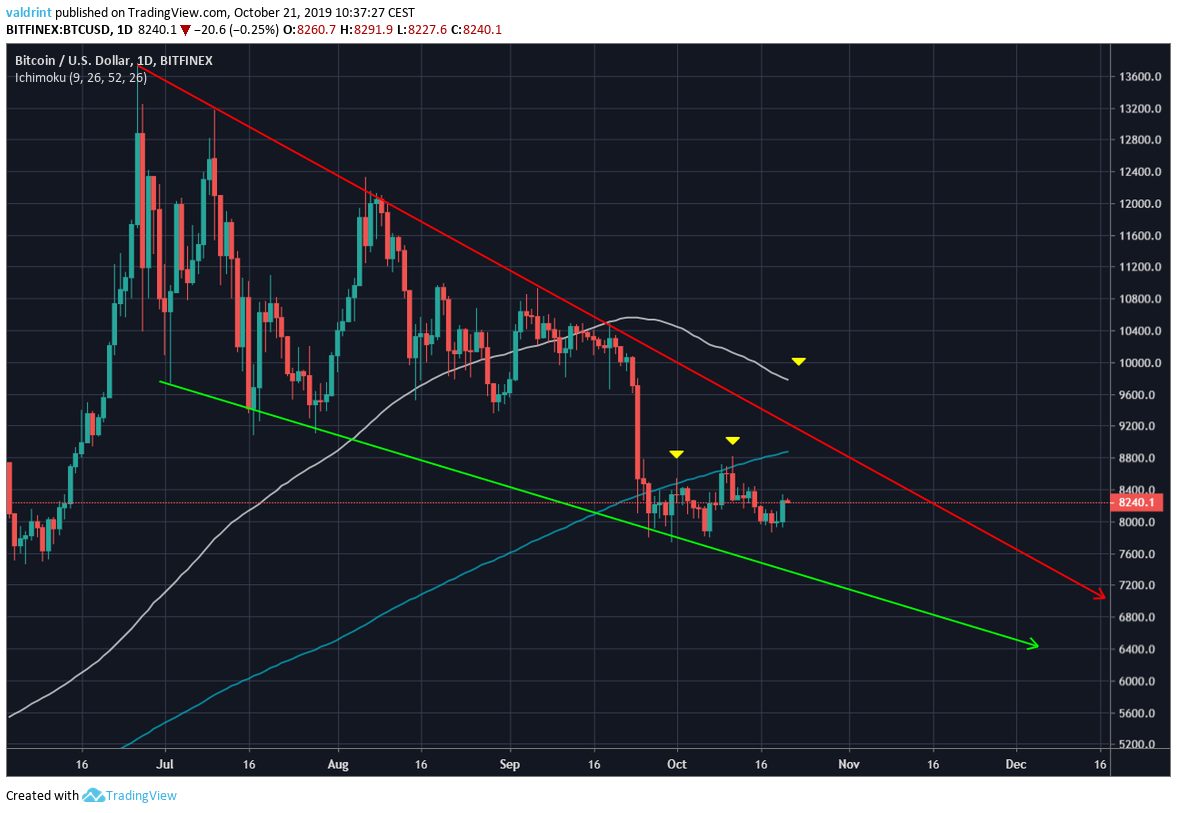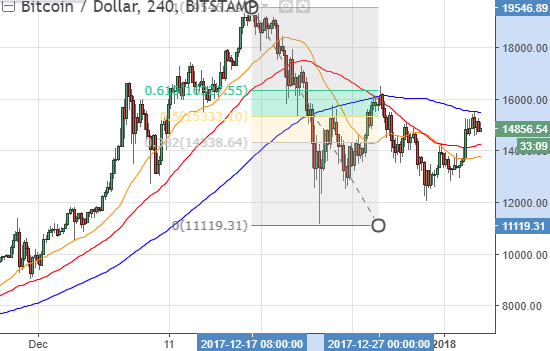
Historical volatility can also be used as a tool by traders who are trading only the underlying instrument.

Historical volatility is available on a daily chart, and on the Technicals Summary page for an individual ticker symbol/commodity contract. Conversely, a market with small fluctuations has a small standard deviation and a low historical volatility value.

A volatile market therefore has a larger standard deviation and thus a higher historical volatility value. A "price return" is the natural logarithm of the percentage price changes or ln. Historic volatility is the standard deviation of the "price returns" over a given number of sessions, multiplied by a factor (260 days) to produce an annualized volatility level.Percent R is the inverse of the Raw Stochastic.

It indicates overbought/oversold market conditions, and is expressed as a percentage, ranging from zero to 100%. Williams Percent R was developed by Larry Williams.The RSI is expressed as a percentage, and ranges from zero to 100%. A high RSI occurs when the market has been rallying sharply and a low RSI occurs when the market has been selling off sharply. It is most commonly used to show when a market has topped or bottomed. The RSI is basically an internal strength index which is adjusted on a daily basis by the amount by which the market rose or fell. The Relative Strength Index (RSI) is one of the most popular overbought/oversold (OB/OS) indicators.(MACD Oscillator is calculated against the 3-Day Moving Average) The price difference from yesterday's close to today's low.The price difference from yesterday's close to today's high.The price difference from today's high to today's low.The True Range indicator is the greatest of the following: Low Average True Range values are often found during extended sideways periods, such as those found at tops and after consolidation periods. High Average True Range values often occur at market bottoms following a "panic" sell-off.%D - the smoothing of the %k value, usually with another 3-period exponential moving average.%K - the first smoothing of the raw stochastic, usually with a 3-period exponential moving average.Raw Stochastic - the most basic value representing the stochastic value for each period.There are three primary stochastic values: The Stochastic Indicator shows where a security's price closed in relation to its price range over the specified time period. The percentage scale runs from zero to 100%. The stochastic values simply represent the position of the market on a percentage basis versus its range over the previous n-period sessions.For Commodities, the Average Volume figure is the average for the individual contract over the specified period of time.The Price Change and associated Percent Change is the difference between the current Last Price, and the Last Price from the Period shown.Longer moving averages are used to isolate long-term trends. The longer the period of the moving average, the smoother the price movement is. When a short-term moving average crosses above a longer term moving average, this indicates an upswing in the market. As well, when a moving average crosses below a longer-term moving average, the study indicates a down turn in the market. When the price falls below, it indicates a bearish commodity. When the price rises above the moving average, it indicates that investors are becoming bullish on the commodity. The effect of the moving average is to smooth the price movement so that the longer-term trend becomes less volatile and therefore more obvious. The moving average is used to observe price changes. For intraday data the current price is used in place of the closing price. The Moving Average is the average price of the security or contact for the Period shown. For example, a 9-period moving average is the average of the closing prices for the past 9 periods, including the current period.The Technical Analysis page contains the results of 12 common technical analytics over different periods of time.


 0 kommentar(er)
0 kommentar(er)
